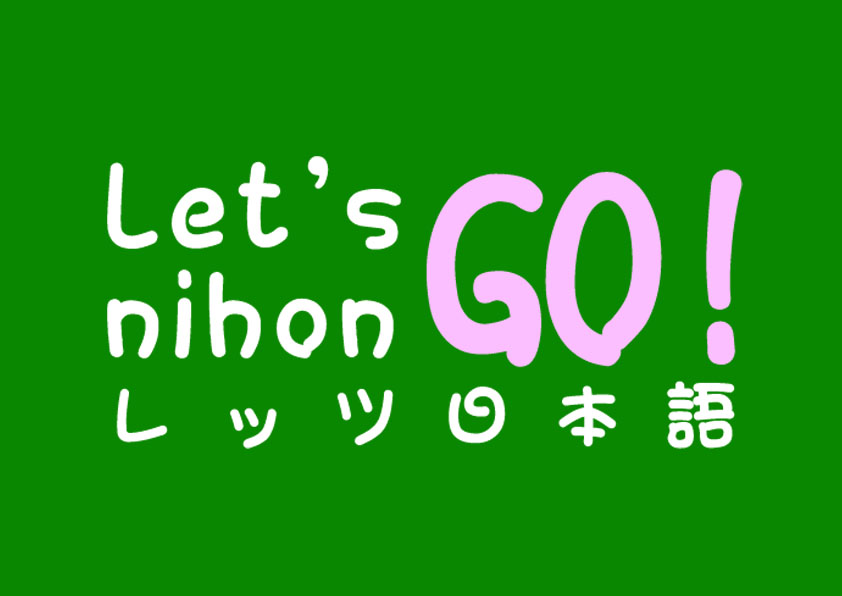
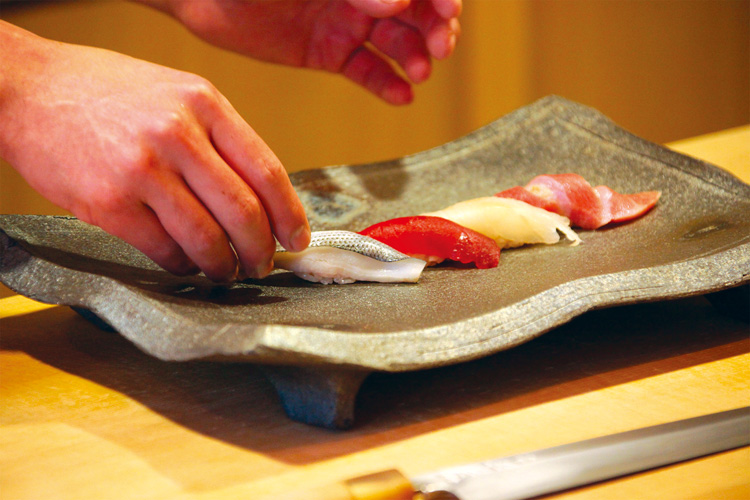
Hello there! This column will teach you useful Japanese phrases that cover a variety of topics.
Roll up, roll up for an amazing lesson about sushi!
Konnichiwa, Mina-san! (Hello, everyone!) Last time I taught you how to stylishly order food in a restaurant. This time, I’m going to let you know how to talk about the food you have ordered. Because we went to a ramen restaurant last month, this time we’re going to go somewhere different. Now, when you say “Japan” you probably think of “sushi”, right? Of course, you can eat sushi in the UK too, but everyone really should have a go at eating real authentic sushi in Japan. There are so many different types of sushi restaurant in Japan – from casual kaiten sushi (conveyor belt sushi) places to o-sushiya-san restaurants where the chefs have honed their skills for many years. So let’s pretend we are at a traditional o-sushiya-san. At restaurants like this you can sit at the counter or at a table, but as you’ve come all this way for authentic Japanese sushi, let’s take a counter seat where you can watch the delicious fare being prepared right before your very eyes.
(S= Staff, C= Customer)
S: Sono maguro doodesuka.
そのマグロ どうですか。
(How was the tuna?)
C: Shinsende Oishiidesu.
しんせんで おいしいです。
(It tasted fresh and delicious.)
S: Soodesuka. Moohitotsu doodesuka.
そうですか。もう一つどうですか。
( I see! How about another one? )
C: Jaa itadakimasu.
じゃあ、いただきます。
(Yes please!)
There are three key points about this dialogue that I would like to explain. The first point is “doodesuka”. “Doodesuka” (how is it?) is an expression used when you want to ask someone their opinion about something. If someone in a restaurant ever asks you this, try telling them “oishiidesu” in response. This brings me to my second point – “oishii” means “delicious” and if you add “desu” on the end, the whole phrase means: “this is delicious”. Next, why not try explaining in Japanese why you think something is delicious. Let’s look at “shinsen de” in the above conversation, which is the third point I want to talk about. “Shinsen” means “fresh” and “de” is used to indicate that you’re talking about the reason for something. So “shinsen de oishii desu” means “It is tasty because it is fresh”. Other adjectives to talk about food include: “atatakaku (hot) + te”, “tsumetaku (cold) + te”, “karaku (spicy)+ te”, “amaku (sweet) +te”, and “suppaku (sour) + te”.
So now you can describe the taste of food in Japanese!
Now why did the customer say “itadakimasu” end of the conversation?
“Itadakimasu” literally means “I am receiving something”. In this case, what you are receiving is food, so before you start to eat you say “itadakimasu” to indicate your gratitude to the people who made or served your food. There are some people who are interested in Japan and press their palms together when they say “konnichiwa”, but when you greet someone in Japan, you don’t press your palms together like this (although it is a custom in countries such as India or Thailand). However, lots of people do press their palms together when they say “itadakimasu”. If you go to a restaurant in Japan, why not try out saying “itadakimasu” before you eat and “gochisoosama” when you have finished your meal (I talked about this phrase in the previous column). It is bound to make the chefs and the restaurant staff smile.
Congratulations, now you can express your opinions about food in Japanese! Next time I’ll teach you all about asking for directions!
Sayoonara, Jaa mata!
さようなら、じゃあまた!
(Goodbye, see you!)
KANA. U
▶ Here’s more information about ordering food and other things in japanese.
http://a2.marugotoweb.jp/en/conversation/ lesson/?topic=6&lesson=12
▶ ‘minato’ – learn japanese and interact with fellow students around the world online.
https://minato-jf.jp/


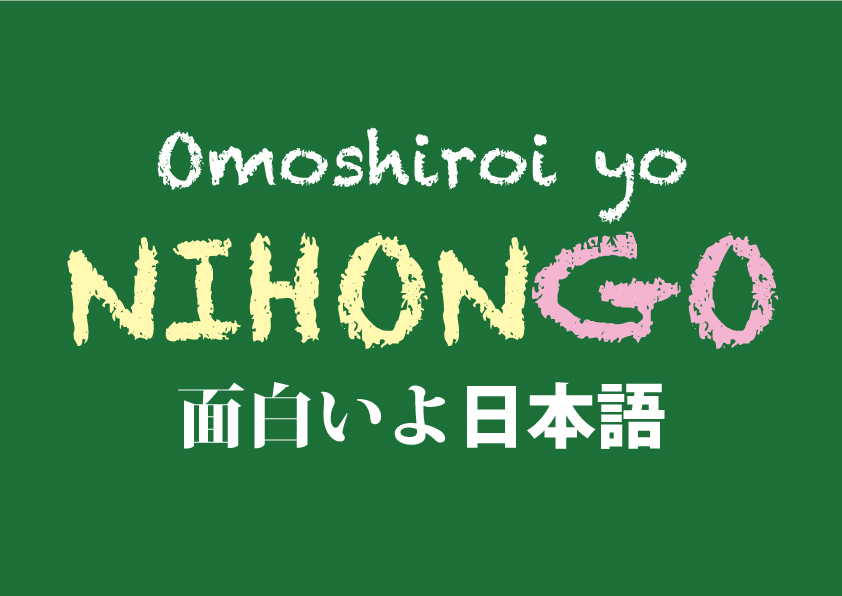

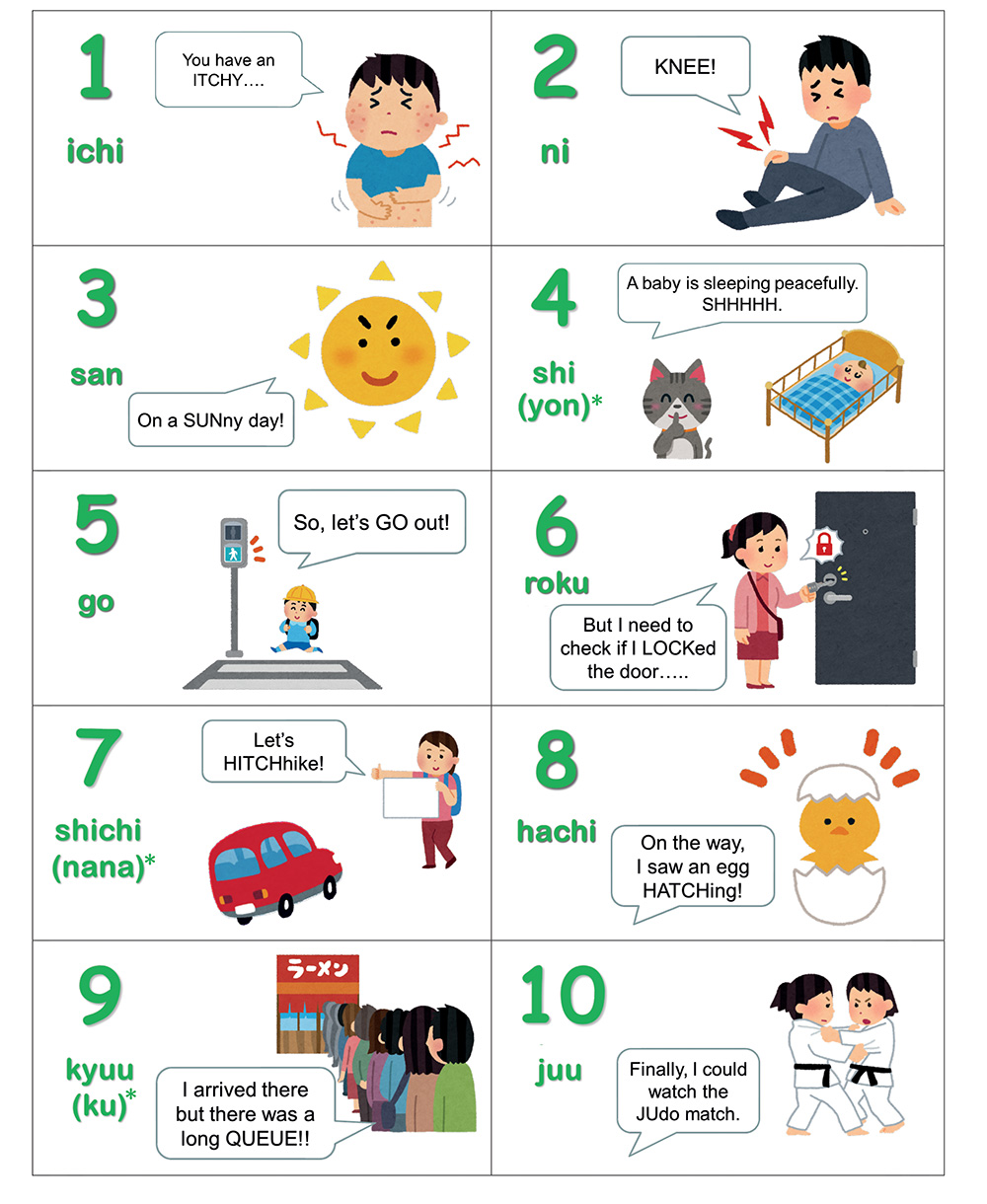
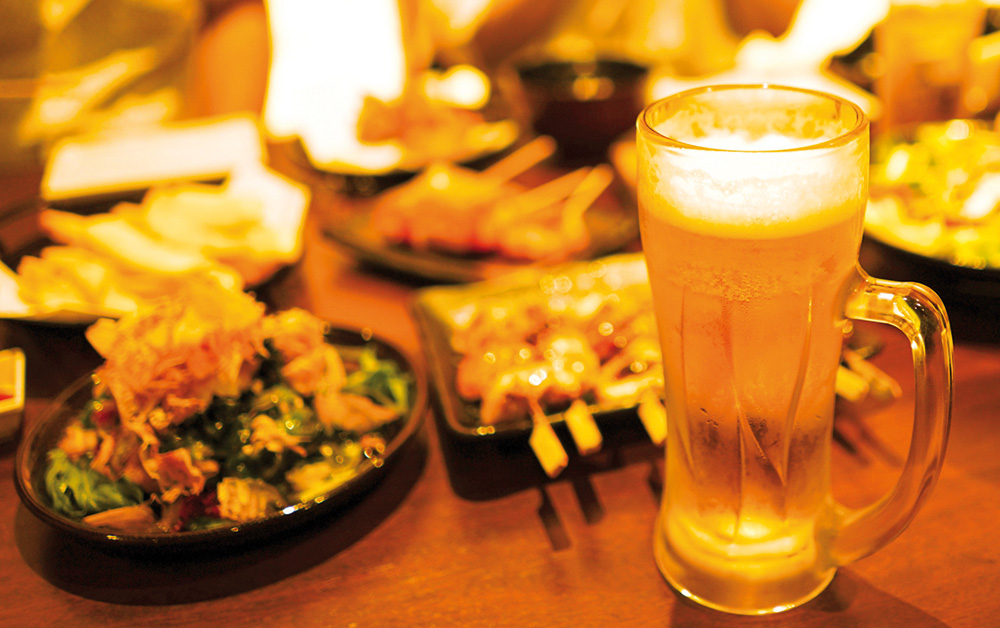
Leave a Reply